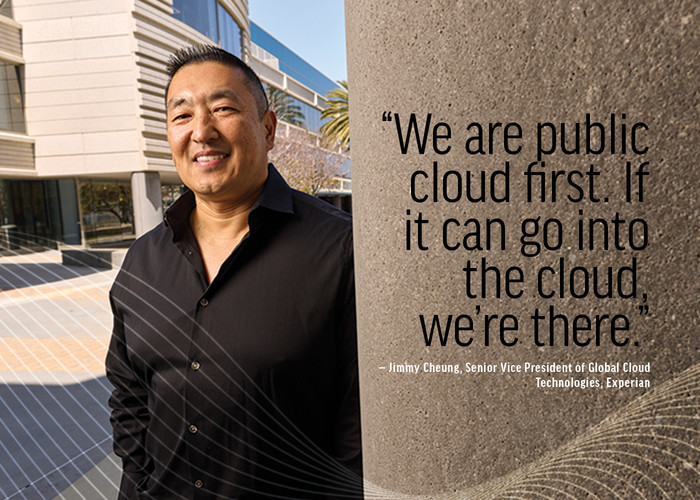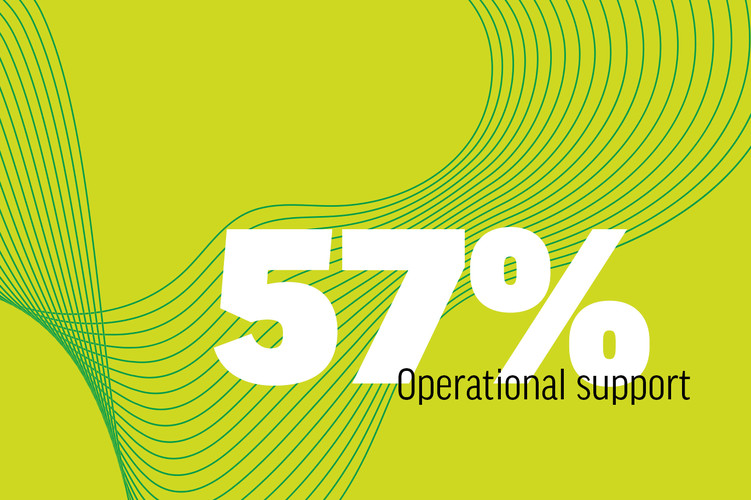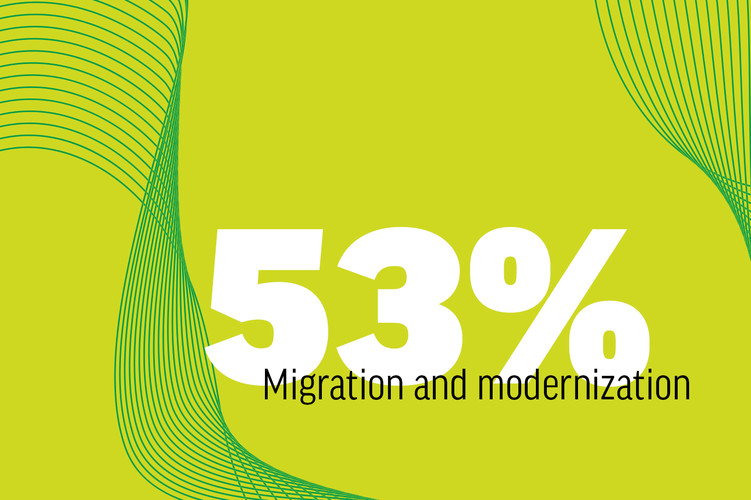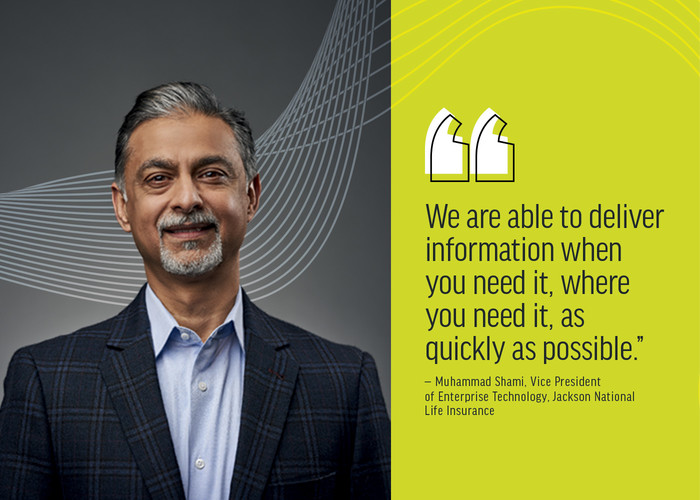For Jackson National Life Insurance, improving the customer experience has been a business differentiator for decades — since 1970, in fact, when it started using independent agents to sell its insurance products to customers, making it an early adopter of the now-common industry model.
Jackson’s products have evolved over the years, but its focus on delivering value to its agents and customers remains the same.
The company started its digital transformation journey in 2020 by deploying application programming interfaces through Google Cloud to connect with its business partners and open up internal development opportunities.
“It is a layer that helps us drive consistency,” says Muhammad Shami, Jackson’s vice president of enterprise technology. “Let’s say I need to look up a policy name or number. I call the API and get the information. Different channels are getting the same information and accessing the exact same data, which makes for consistency. It provided a maturation of our processes.”
RELATED: Learn why automation is the key to unlocking the value and power of hybrid cloud.
Cloud Powers Applications for Financial Services Pros
Managing APIs in the cloud has enabled Jackson to deliver a better user experience and to reduce paper-based processes. Today, all of the company’s internal business operations are completely digital.
As its digital transformation continues, Jackson is working to digitize its external processes where they touch agents and customers, such as on the company’s website.
“We launched a new product last year for financial professionals, and everything was completely digital,” explains Shami. “They loved it. They got all of the product information, calculators and tools, all straight from our website.
“The day the product launched, they had what they needed,” he adds. “That makes it very easy for financial professionals to do their jobs and recommend solutions that meet clients’ needs. We are able to deliver information when you need it, where you need it, as quickly as possible.”

















